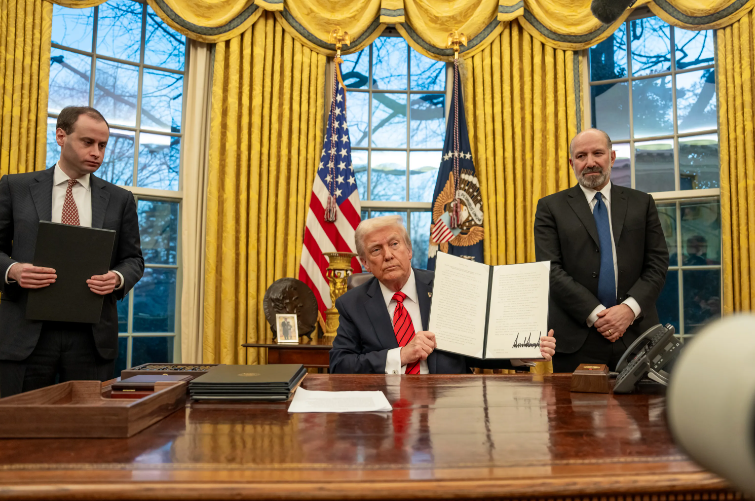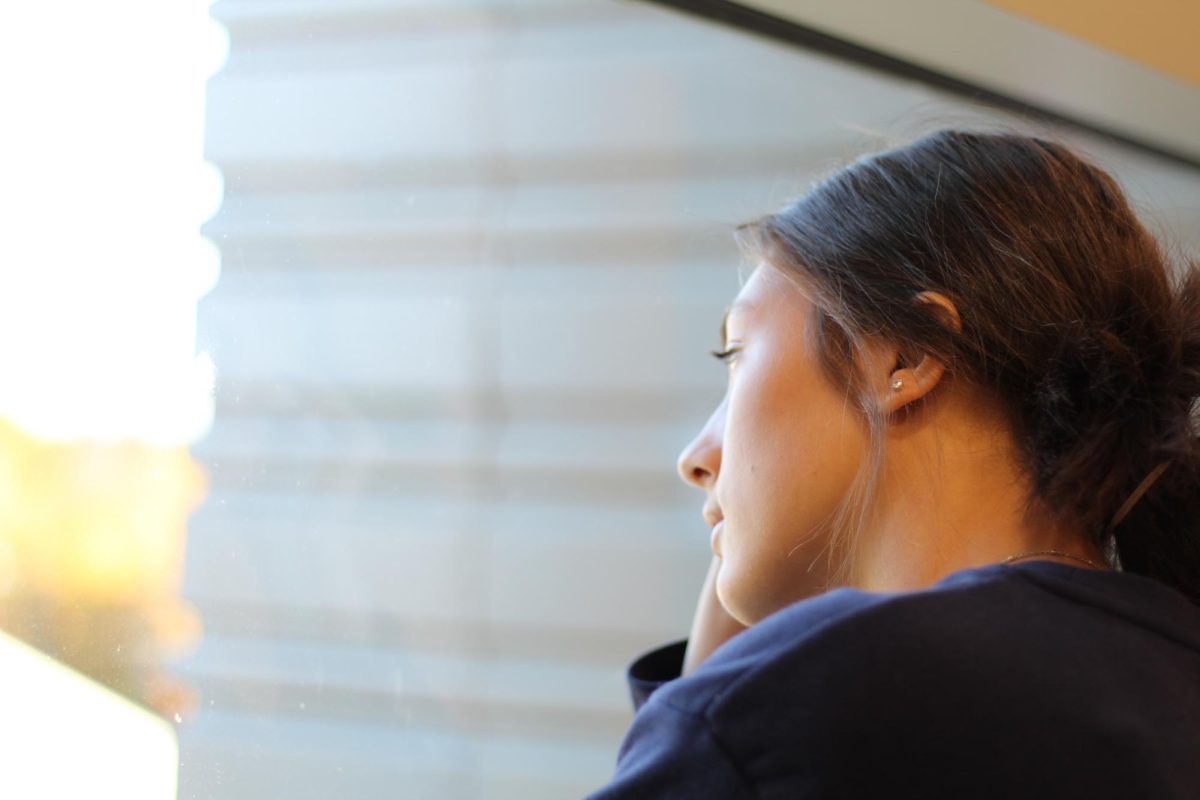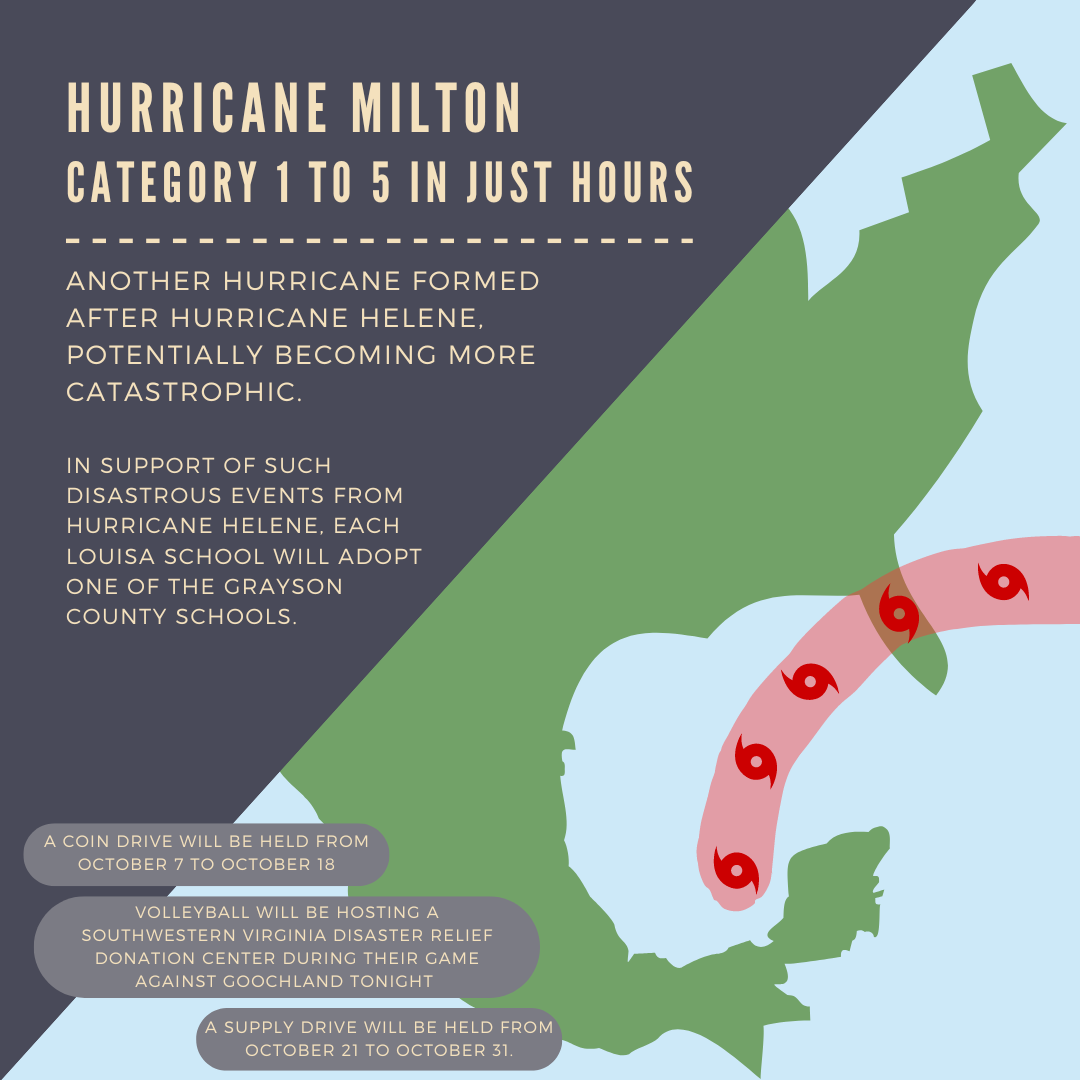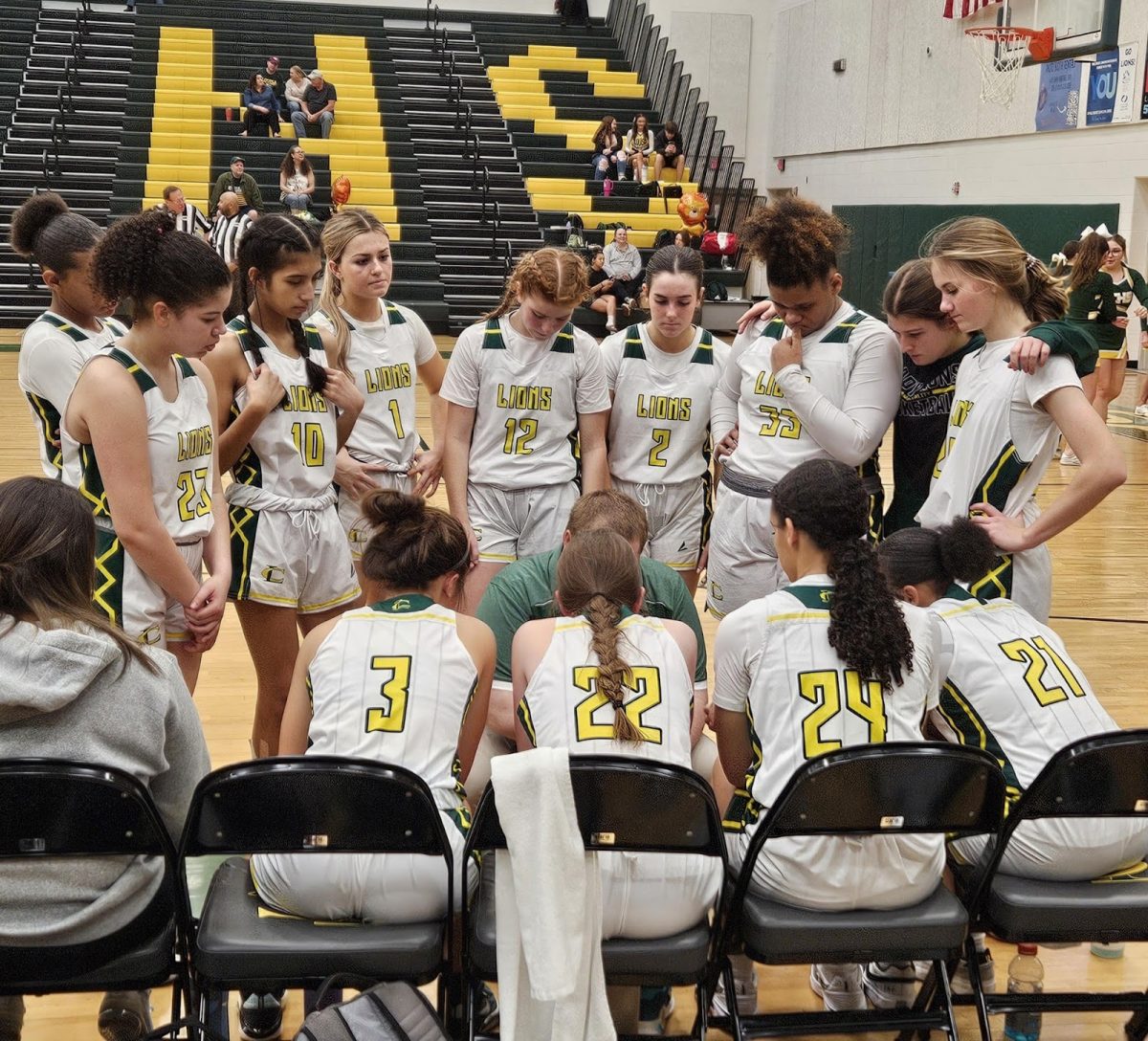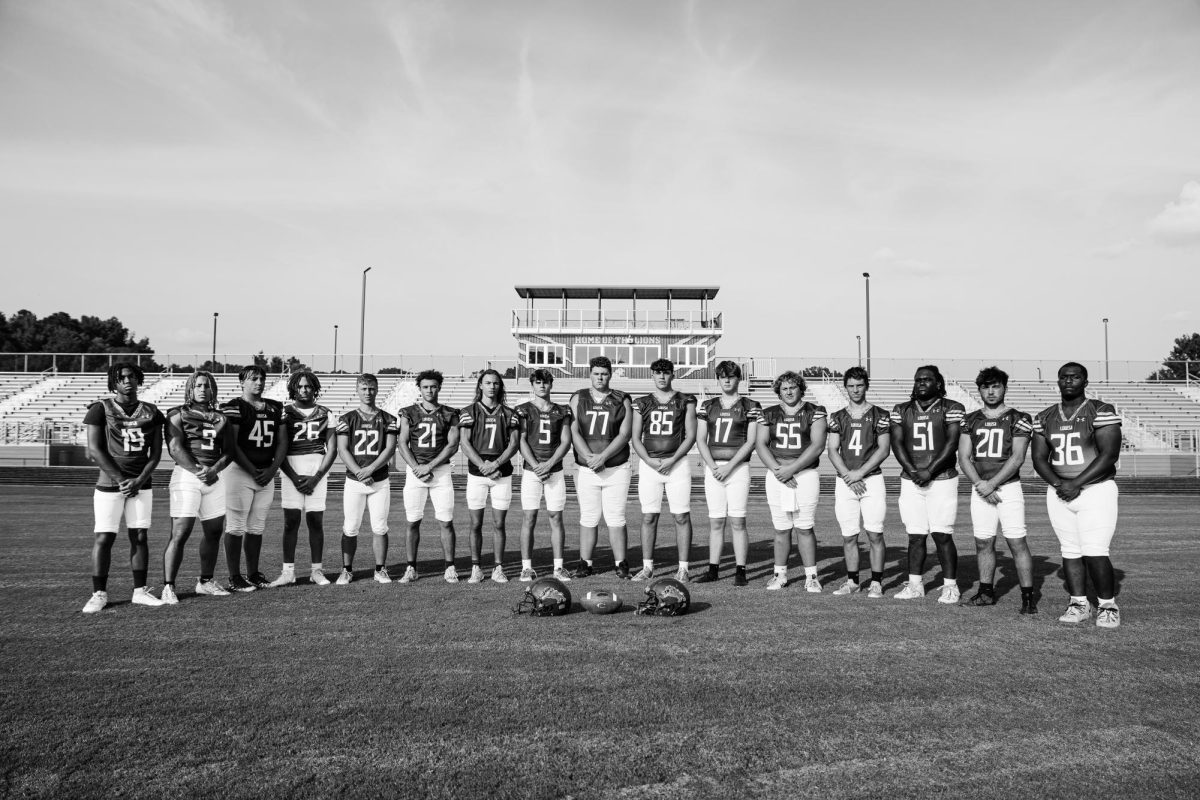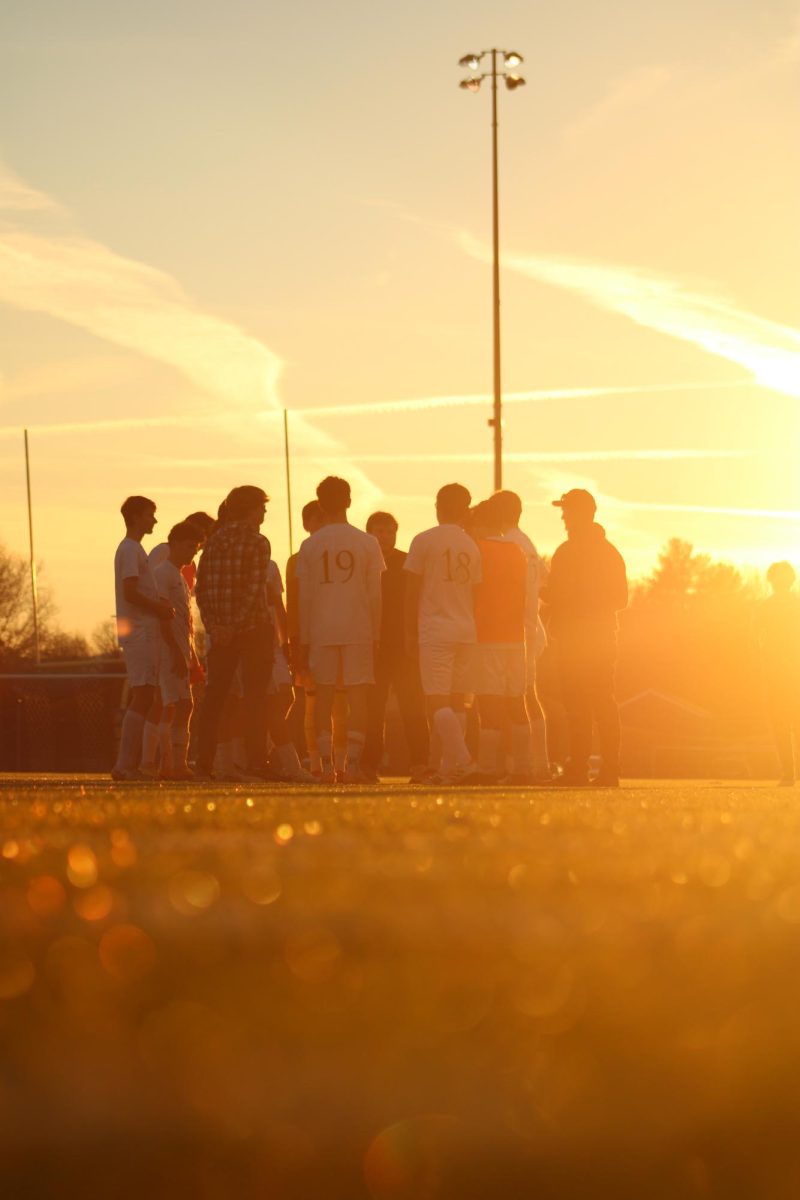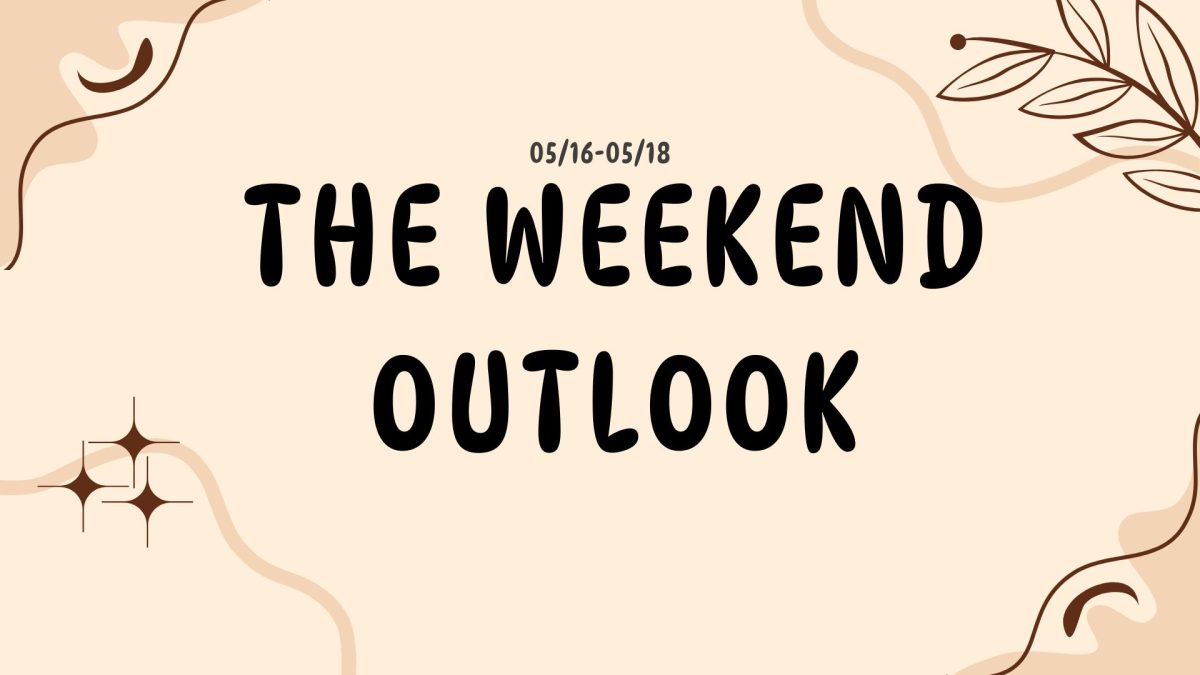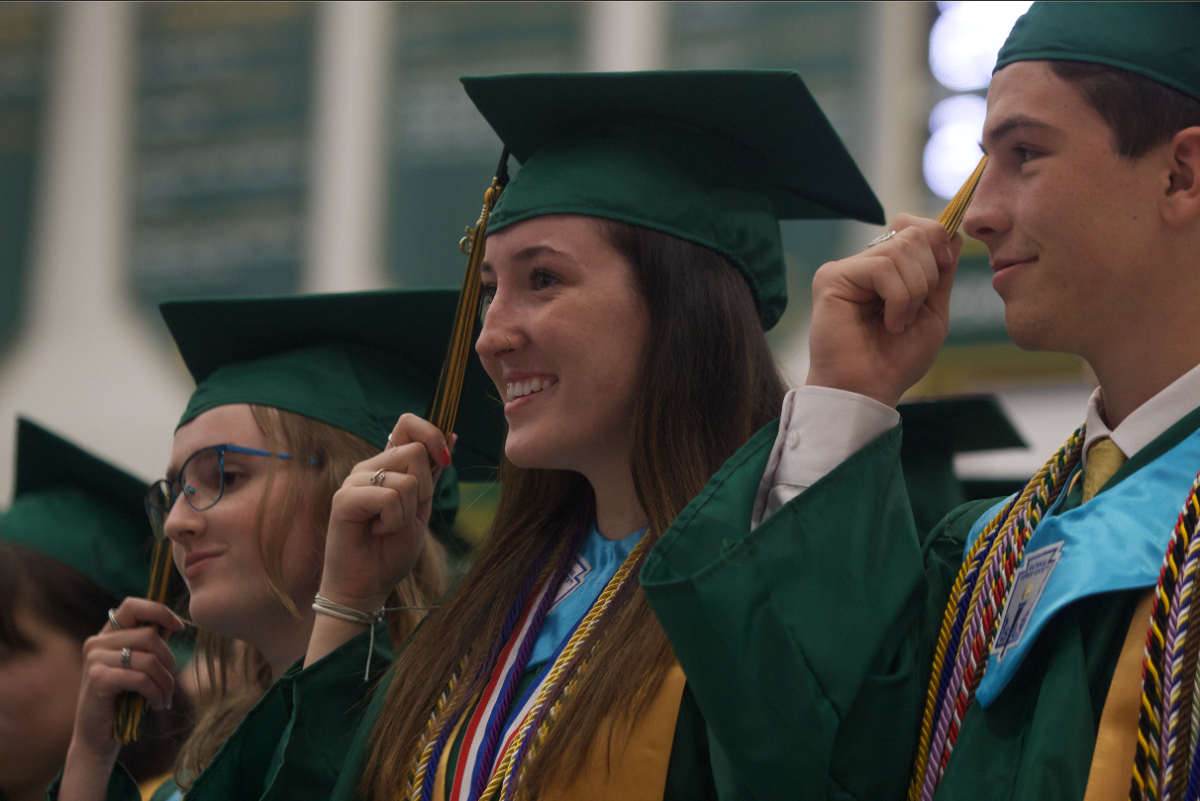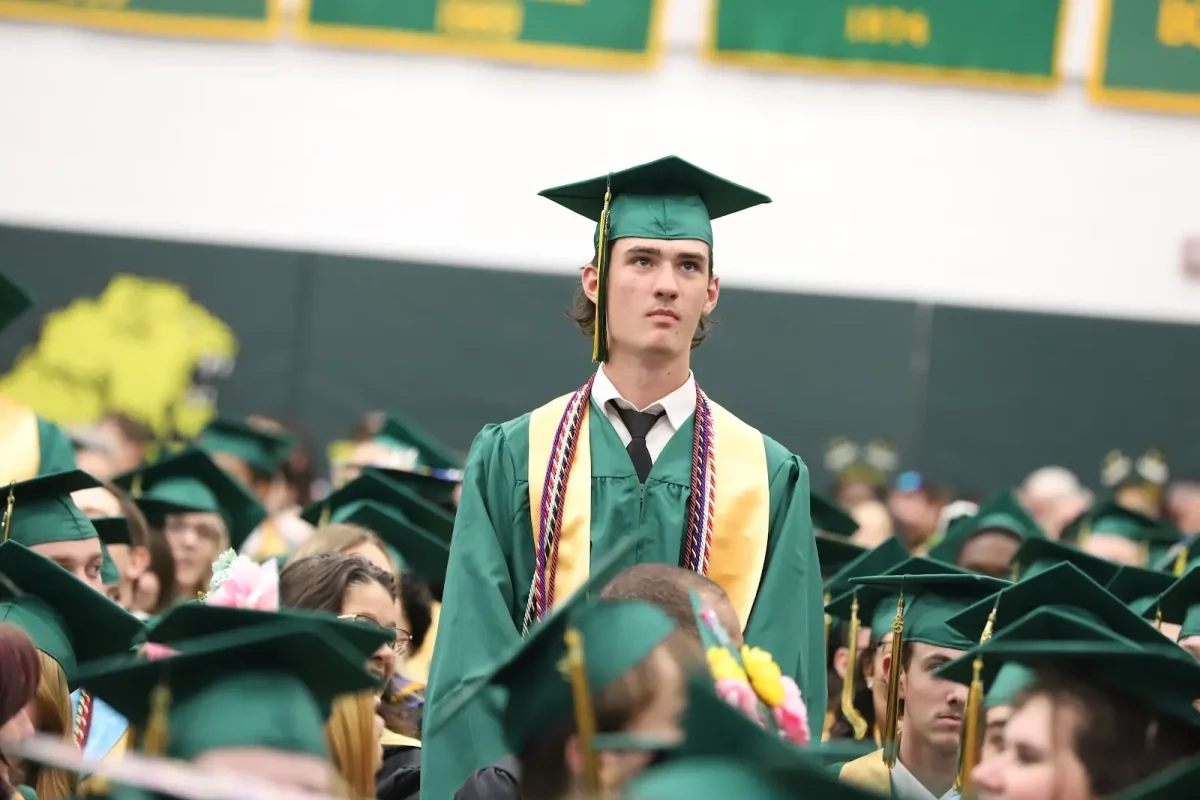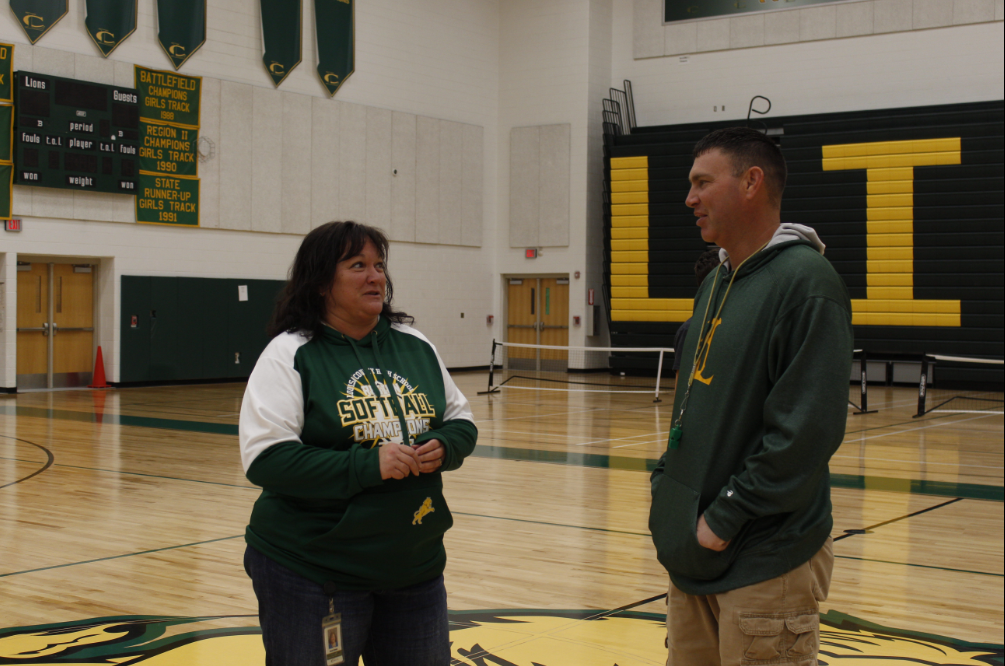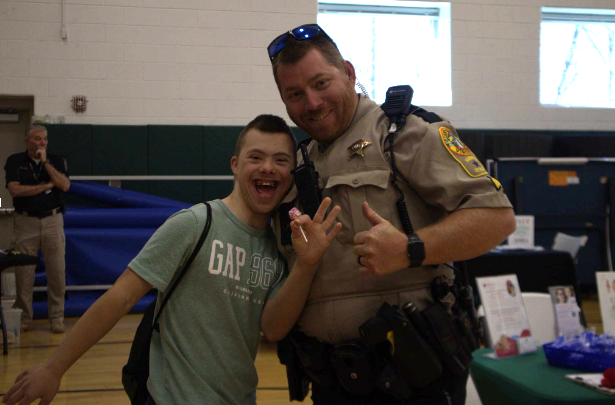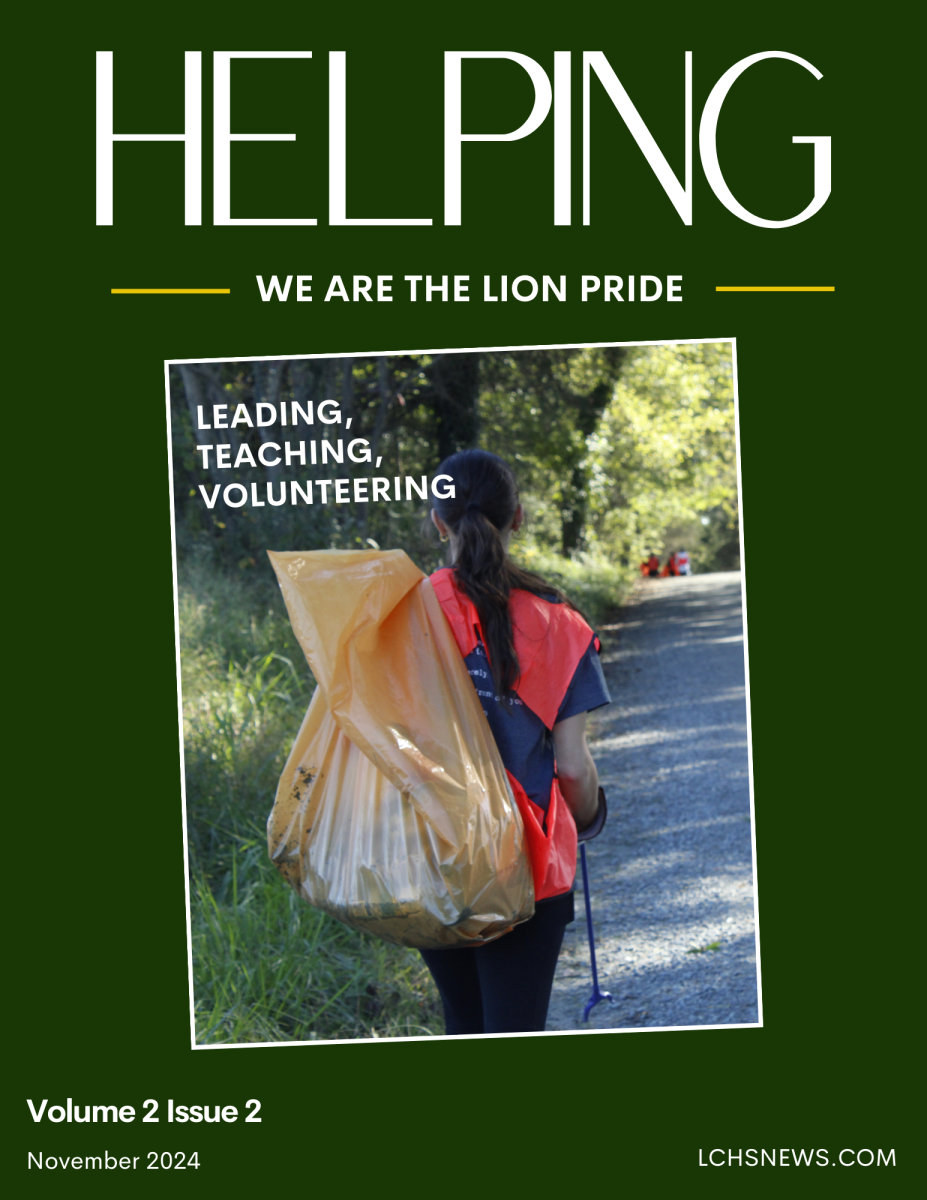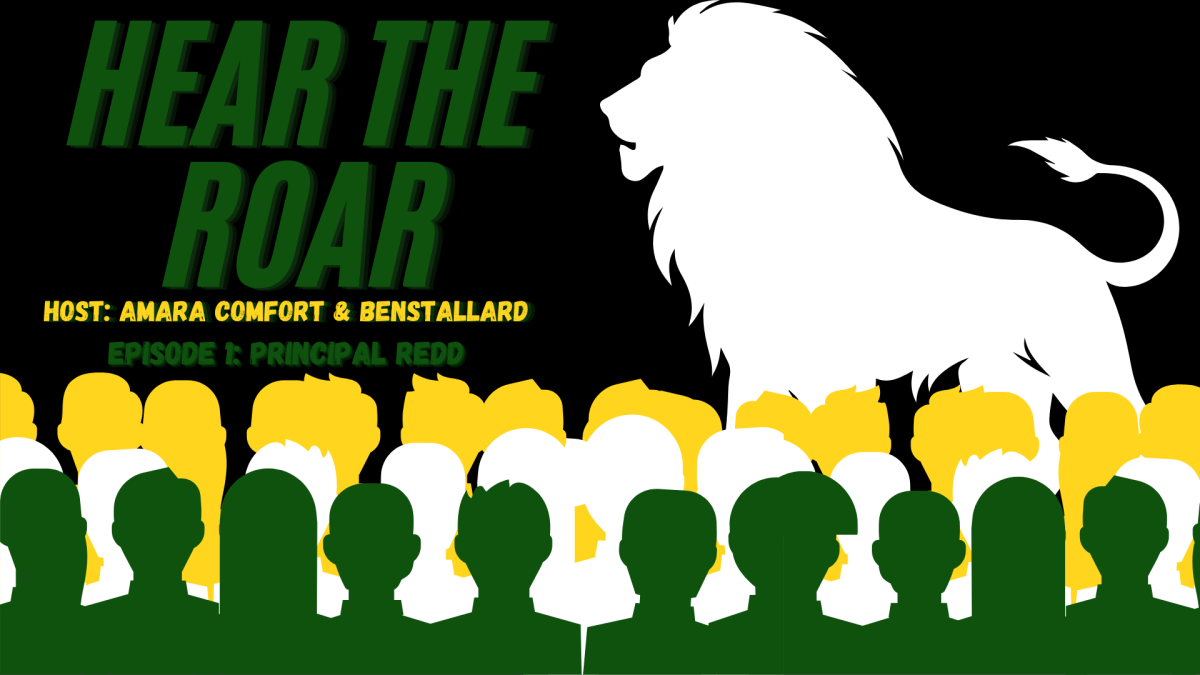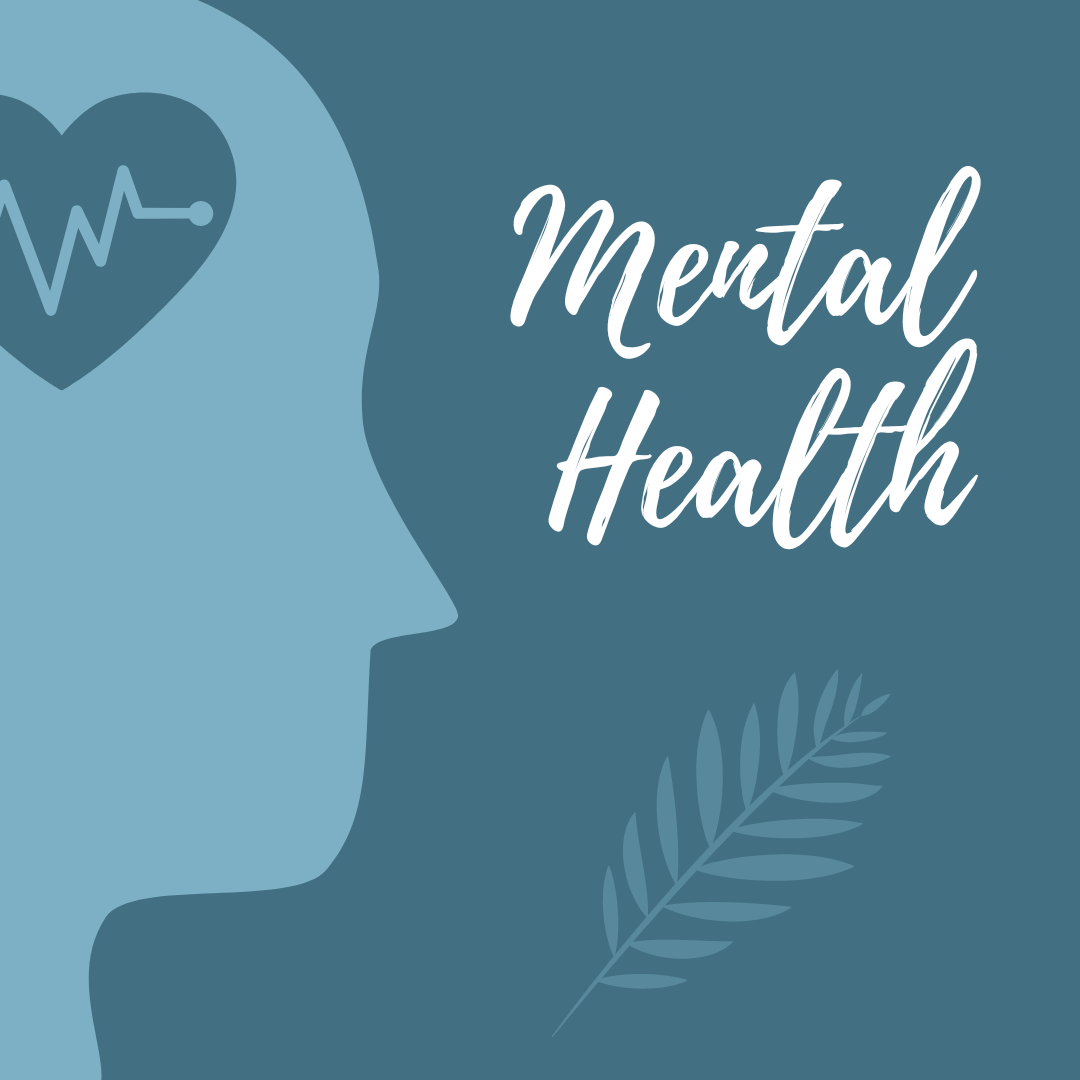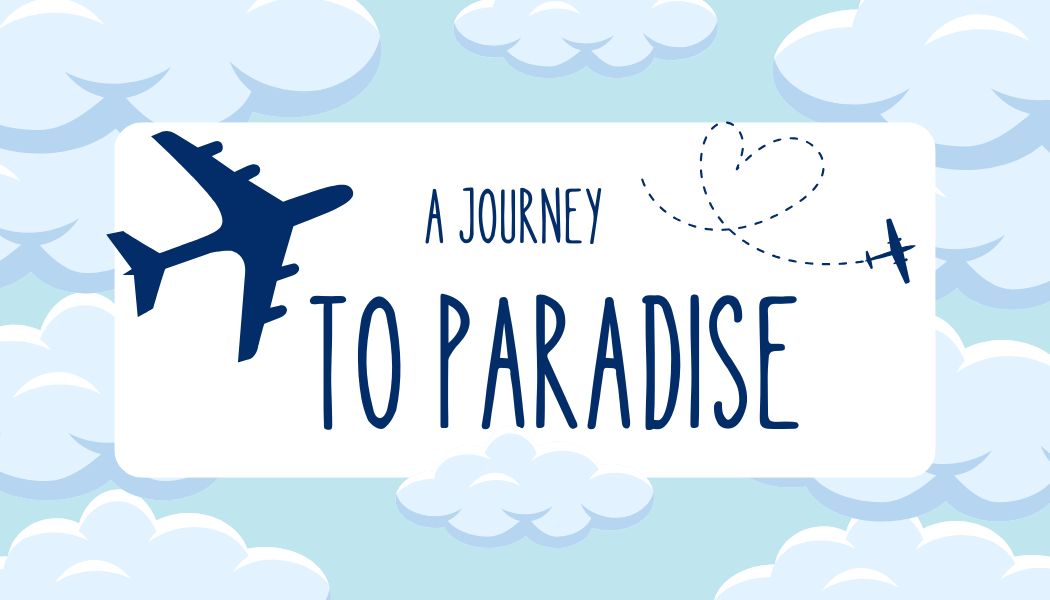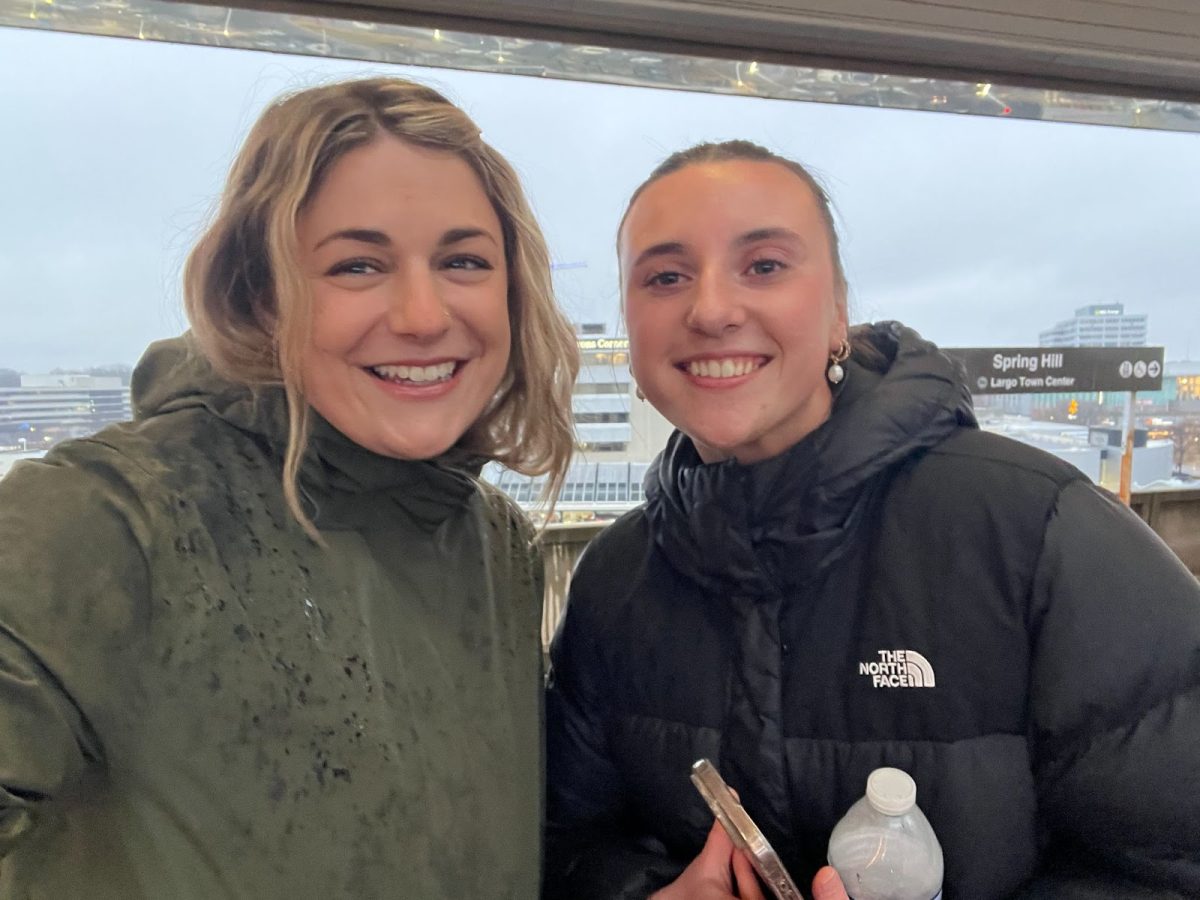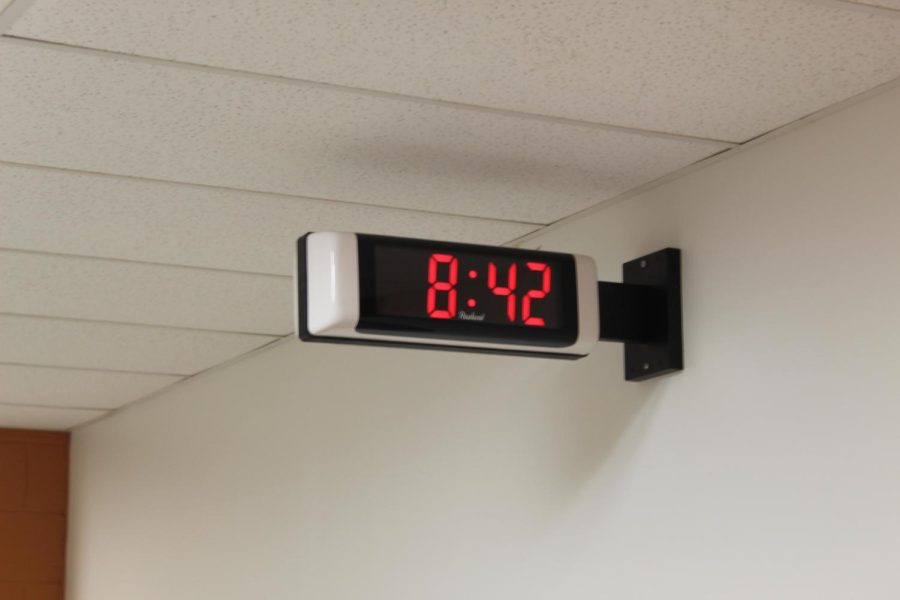Where did all the light go?
March 30, 2022
On March 15, the Senate approved the bill to end daylight savings time starting in 2023. As of March 25, the bill is in the United States House of Representatives, and if approved, the bill will go to President Joe Biden.
According to Time and Date “Daylight Savings Time (DST) is the practice of setting the clocks forward one hour from standard time during the summer months, and back again in the fall, in order to make better use of natural daylight.”
According to King 5 News, the house is taking a long time to pass the bill because they are focusing on Ukraine and are concerned about the effects it will have on schedules.
English teacher, Virginia Brown, thinks this would help with everyone’s sleep schedules based on her own experience at home.
“I know I am sleepy every day for about two weeks after the ‘Spring Forward’ in March and my kindergartner has been waking up an hour earlier every day even though she’s going to bed on time,” Brown said.
Junior Quinton Wash says this will impact everyone who has to drive to school or work in the morning.
“If they pass the bill, it is going to make driving to school in the morning difficult for everyone since it will be darker outside,” Wash said.
If the bill is passed, studies from King 5 News show it will lower the accident rate while allowing for family time in the afternoon.
“Experts say that accidents increase and especially high school students have difficulties getting up earlier since their circadian rhythm already makes them night owls,” Brown said.
The bill being passed brings up concern on driving while it is dark outside so this questions whether or not arrival times should be altered.
“I think standard time will help with work and school schedules because more of us will be waking up and going to bed in alignment with light and darkness,” Brown said. “Only DST time will make winters harder, both physically and emotionally. They will likely require a schedule change at school so all transportation doesn’t take place in the dark. In the winter, when we have minimum light, more light in the evening offers more flexibility for most people.”





